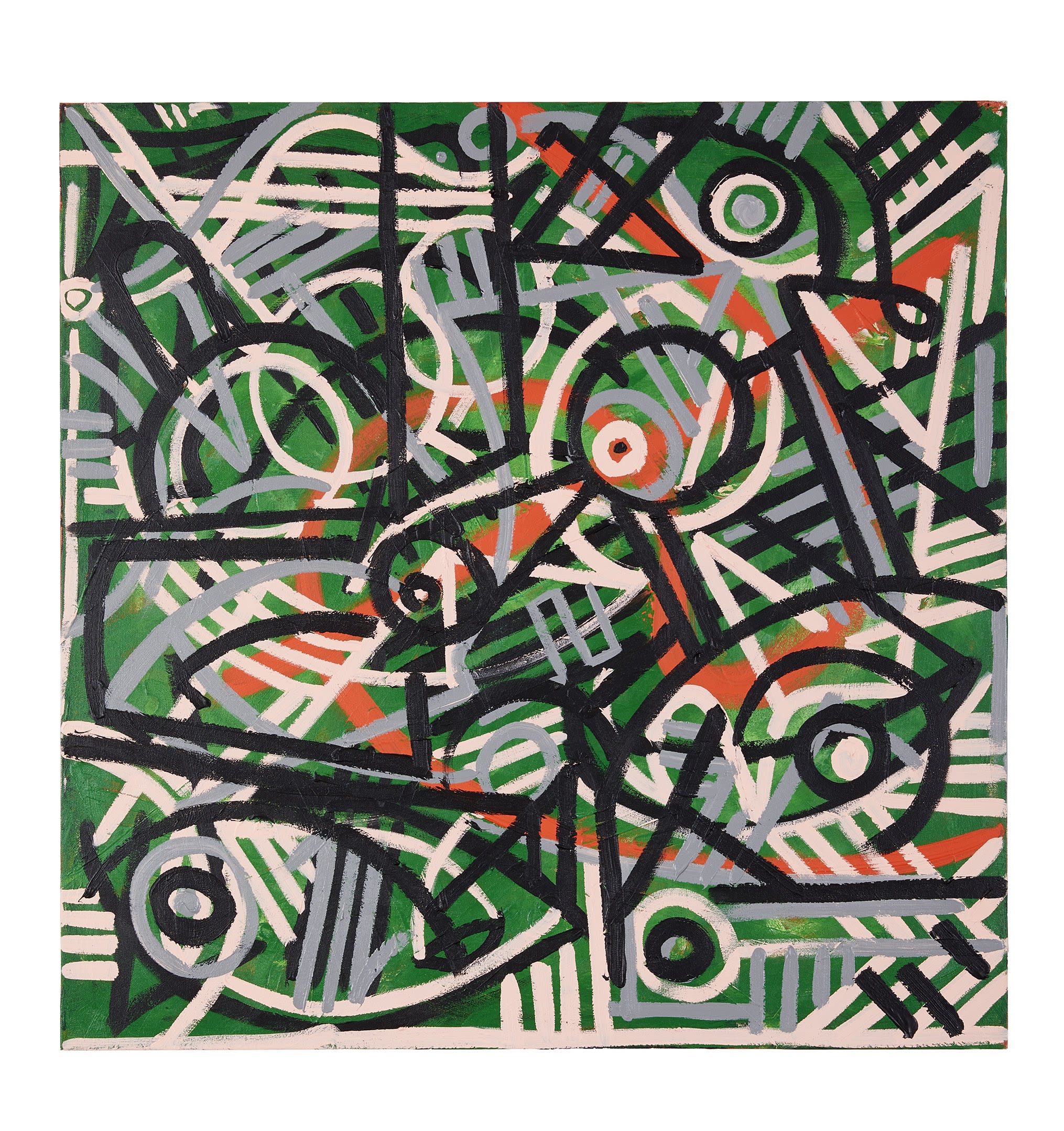Overview:
Jean-Michel Basquiat, (1960-1988) was an American artist who’s tragically short but impactful career left an indelible mark on the art world. Born and raised in Brooklyn, New York, Basquiat emerged in the 1980s, captivating the art world with his distinctive fusion of graffiti, neo-expressionism, and primitivism. Basquiat’s artistic journey began as a street graffiti artist, under the pseudonym “SAMO.” His raw talent and distinctive style quickly garnered attention, propelling him from the streets to the elite art scene of the 1980’s.
Artistic Style:
Basquiat’s work is characterised by its bold, expressive imagery, vibrant colours and frenetic energy. Drawing inspiration from his urban surroundings, African American heritage, and personal experiences, Basquiat explored themes of race, identity, class, struggle and social injustice. Basquiat’s art serves as a powerful commentary on the complexities of contemporary society, often incorporating words, symbols, and references to history, literature and pop culture.
Key Themes:
Key motifs in Basquiat’s oeuvre feature crowns, skulls, anatomy diagrams and cryptic typography which he used to creative visually arresting compositions layered with meaning. His distinctive blend of graffiti, abstraction and neo-expressionism defied traditional artistic boundaries, challenging viewers to confront uncomfortable truths and engage with contemporary issues. Throughout his short career, Basquiat produced a prolific body of work that continues to resonate with audiences worldwide. His influence extends far beyond the art world, inspiring subsequent generations of artists and sparking critical conversations about race, culture and the human condition.


